As one of the rarest horse breeds in the world, most people only know the Akhal-Teke for their stunningly sleek coats. This show-stopping feature gives them a metallic sheen, but there's more to this Turkmen horse breed than their good looks. Incredibly fast and with impressive endurance, the Akhal-Teke is a prime example of equine power and grace. If you've never had the privilege of knowing an Akhal-Teke, there's a lot to learn.
Check out some of these fascinating facts about the Akhal-Teke horse breed.
#1 – A threatened species
While you don’t usually see this with domestic animals, the Akhal-Teke is a threatened breed on the Conservancy's Conservation Priority List (CPL). Part of this is due to the political and economical turmoil that took place in Soviet Russia. The breeding barns that men established in the late 1800s gradually shut down. Priorities shifted away from the sleek-looking horses, and the population began a gradual decline.
Today, there are less than 7,000 Akhal-Teke horses left in the world. Thankfully, there are several breed groups and organizations working to conserve these beautiful animals.
#2 – National horse of Turkmenistan
Originating in the Karakum desert of Turkmenistan, the Akhal-Teke is the country's national horse. The breed is featured on their coat of arms, banknotes, and stamps, and the region takes pride in being the birthplace of such a notable breed.
While they used to be more popular, today the Akhal-Teke also serves as a kind of status symbol in Turkmenistan and nearby countries. There aren't many left, and owning one is considered a great honor. The breed has since made its way to several other countries, including the United States, but it still holds a deep connection with its homeland.
#3 – An ancient race horse
This rare breed is at least three thousand years old. The humans of that time named them Nisaean, Parthian, as well as other names. Much of what we know about their history comes from writings by Herodotus and also by the well-known Roman historian, Oppian.
The ancient breed descended from one of four horse types that made their way across the Bering Strait from the Americas in the prehistoric era. They evolved based on the availability of food and water along with the demands of the environment. Natural selection helped shape the breed to how it is today.
Part of the breed's long history includes a role in shaping other popular horse breeds. The Akhal-Teke heavily influenced the development of the English Thoroughbred and several other modern European horse breeds.
#4 – No written history in English
According to the International Museum of the Horse, the origins of the Akhal-Teke breed has not been translated reliably into English. To go along with those translation inaccuracies, much of what is written about the breed is false. This includes the old belief that it originated in what is now Russian territory.
Historians and researchers have worked diligently to compile what they believe is an accurate timeline.
#5 – A foundation for the thoroughbred
While many think of the Thoroughbred as an influencer for so many breeds, evidence suggests that Byerly Turk, one of the three founding stallions of the Thoroughbred breed, was an Akhal-Teke. When you consider the speed that's common in both breeds, and even their conformation, it's not a surprise they're related.
International trade and even war played roles in how the Akhal-Teke was used to influence other breeds. The beautiful horses were often gifts to high-ranking government officials and other prominent people in society. As more people saw their unique conformation and incredible endurance in person, they decided to use the Akhal-Teke blood line to improve other breeds of horses.
#6 – An extreme endurance animal
The Akhal-Teke comes from a country where resource including food and water are scarce. While the earliest horses had a bulkier frame, they eventually adapted and developed the thinner, sleeker bodies we see today. Natural selection worked to create a breed that was light on its feet, fast, and had impressive endurance.
Their ability to travel long distances at high speeds without tiring is what first caught man's attention. In 1935, a group of Turkmen riders rode 2,500 miles in 84 days. The trip included a three-day, 235-mile crossing of a desert without water. Any other breed of horse wouldn't have survived.
#7 – About that metallic sheen…
This is probably the best-known feature of the breed and definitely its most unique. So why does the Akhal-Teke's coat have such a high gloss? The answer has to do with the texture and structure of each individual hair.
According to the International Association of Akhal-Teke Breeding, the hair of an Akhal-Teke is especially fine, and more importantly, silky. When all those strands of silk-like horse hair get together, it creates a sheen that reflects in the sunlight. They come in several different colors, including bay, chestnut, black, palomino, or cremello. Depending on their color, the extra shine can make them look metallic.
#8 - They're lavishly decorated
As you can guess by the fact that the breed is their national emblem, the Turkmens take great pride in their Akhal-Tekes. This includes decorating them with lavish tack and drapings. Historically, these “alagayysh” are gold, silver, bronze and precious stones.
Today, many uphold this tradition of finery. Instead of making them with precious metals like gold or silver, most Akhal-Teke tack is nickel or brass. Saddlemakers decorate them with semi-precious stones, and obviously, the more money a horse owner has, the more opulent their tack.
#9 – An unusual trot
A study being conducted by Phil Case, who brought the breed to America, has shown that the Akhal-Teke’s trot is not the typical two-beat rhythm of other breeds. Instead, they step down with each foot individually – alternating between having just one foot on the ground, to two diagonal feet on the ground. This creates a smoother trot.
Horse Courses by Elaine Heney
- Listening to the Horse - The Documentary by Elaine Heney & Grey Pony Films
- Shoulder In & Out Training for better balance, bend & topline development with your horse
- Over 110+ Polework Exercises & Challenges to Download
- Dancing at Liberty & Creating Connection with Your Horse (11 lessons) - Grey Pony Films
Akhaltexas describes it as a "fluid, light, and elegant movement that is floating low over the ground while being comfortable, soft, and not choppy for the rider." More studies are being conducted to learn more about this unique movement.

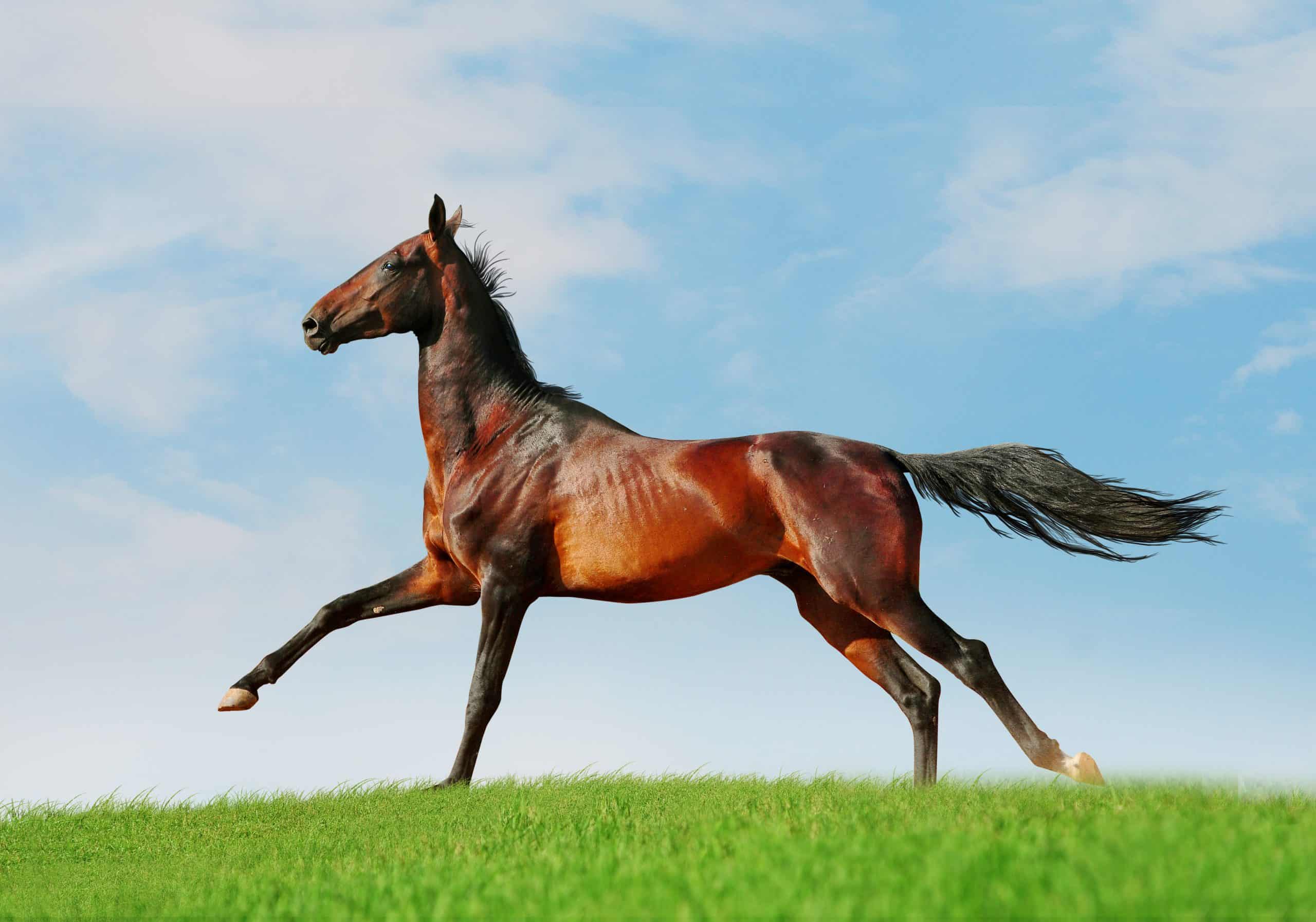
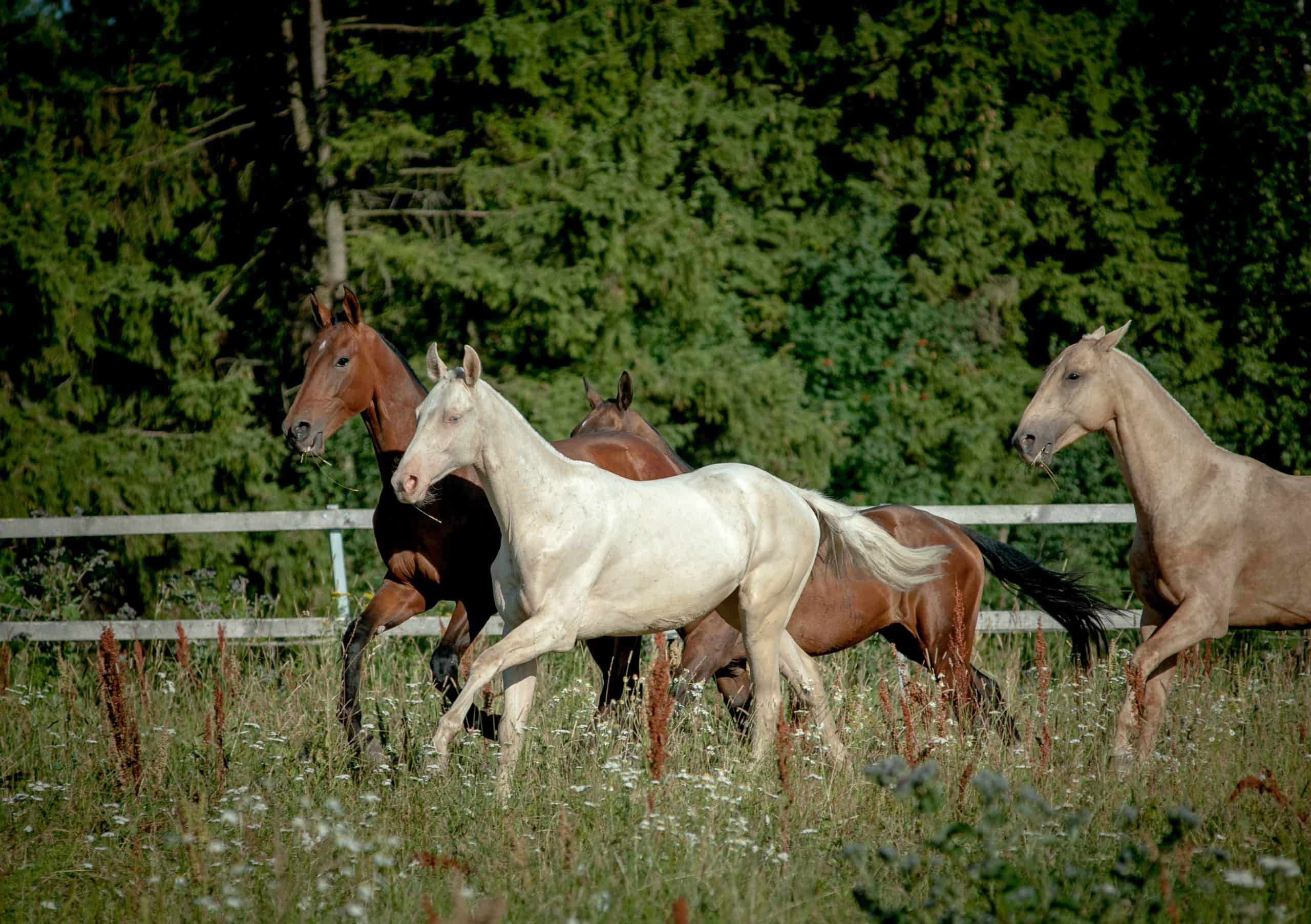
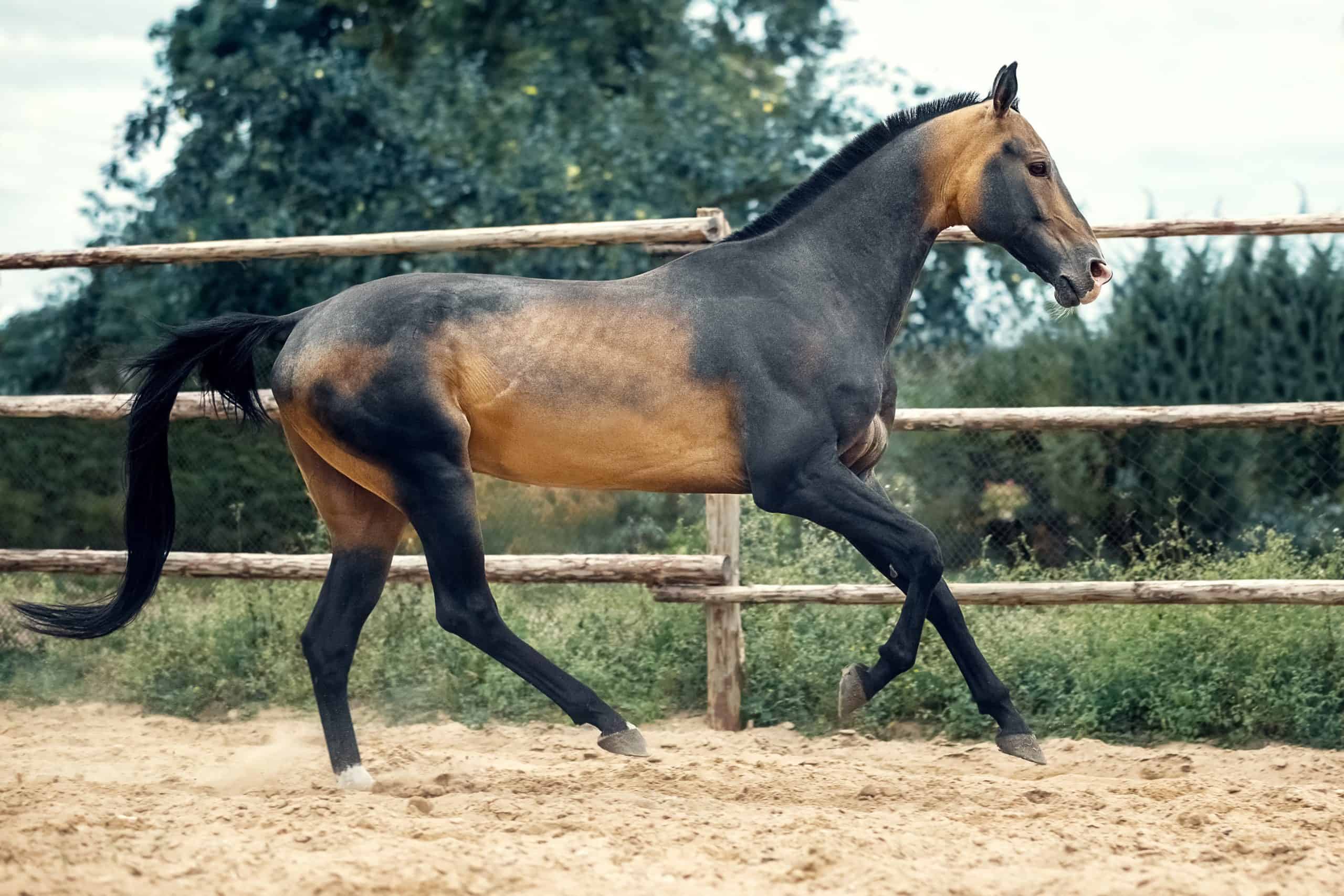
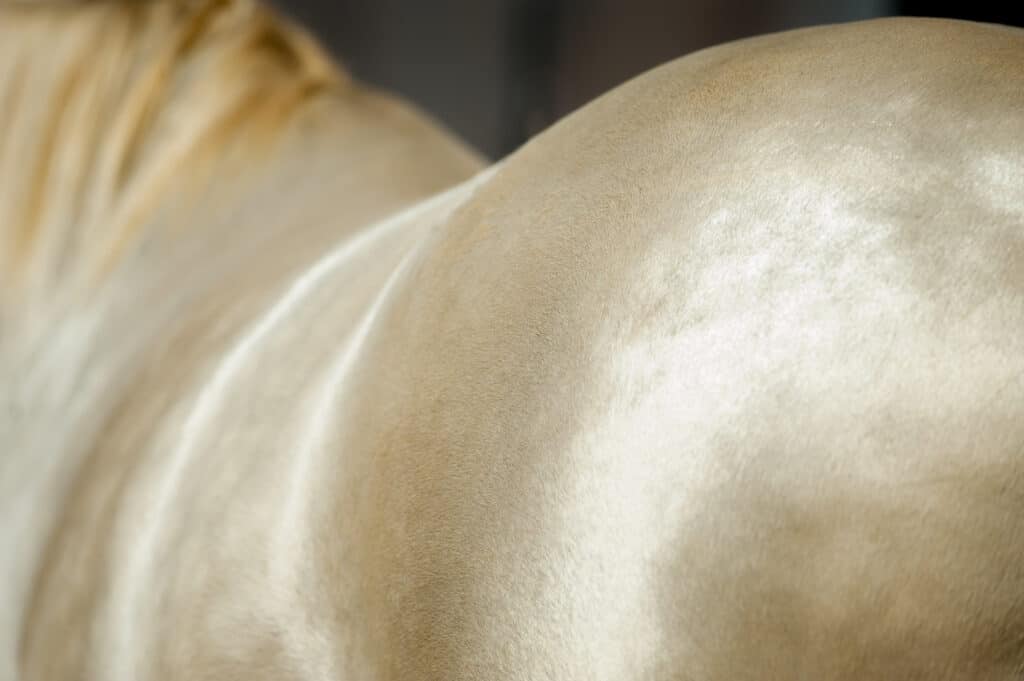
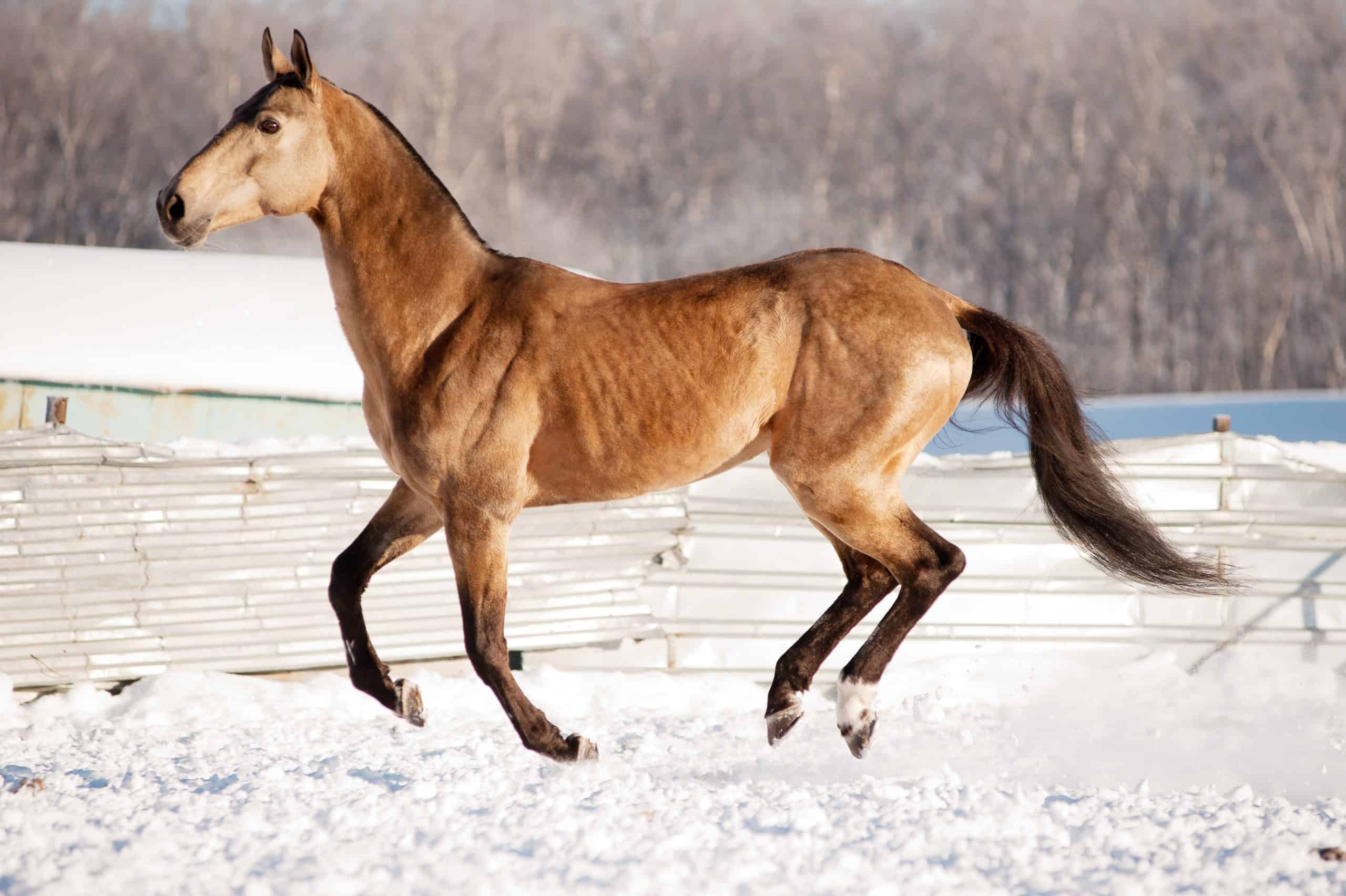
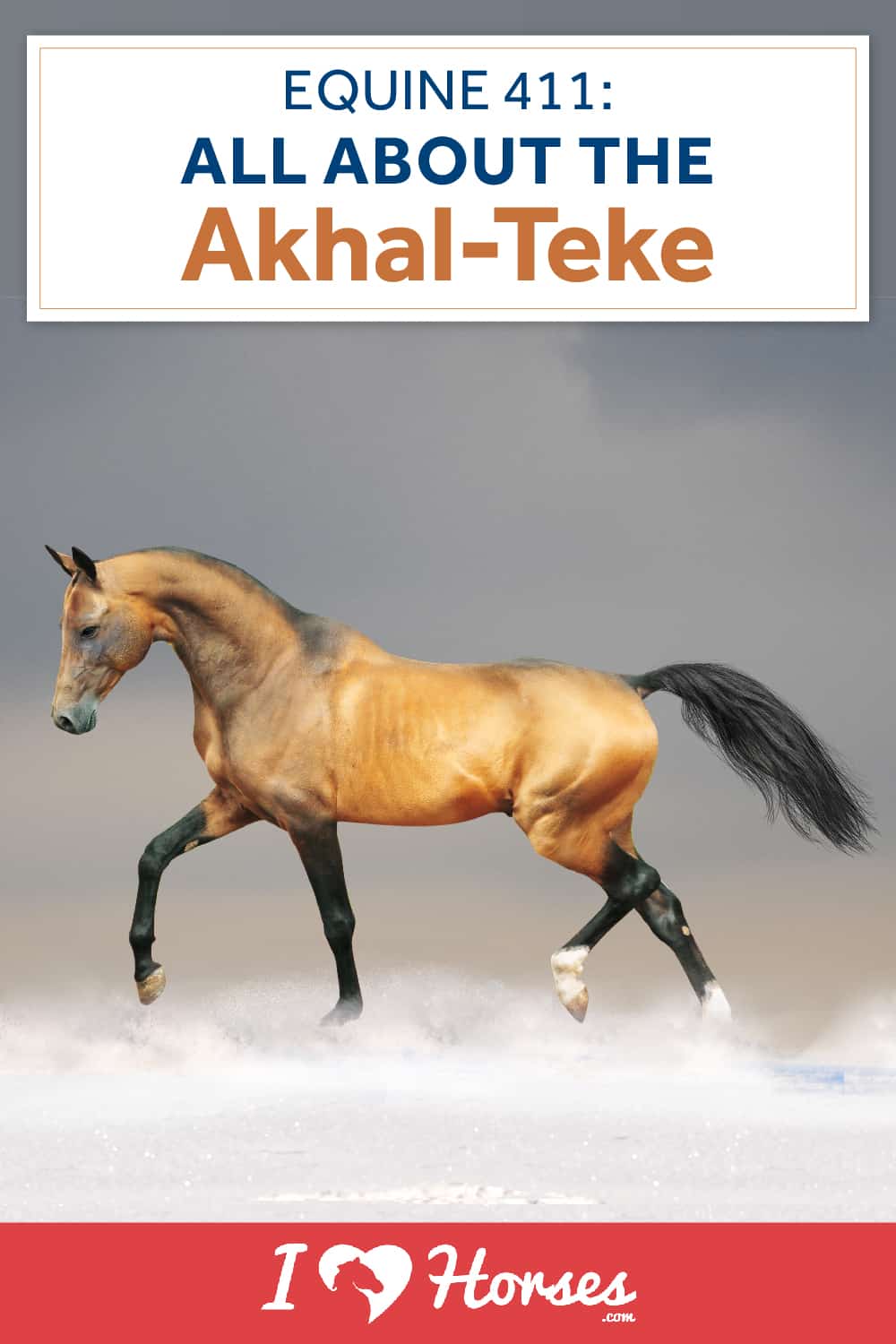
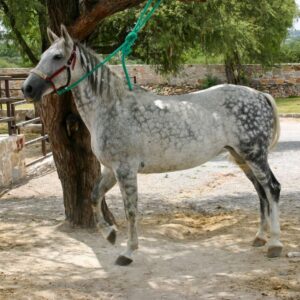
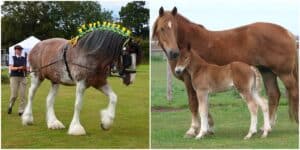

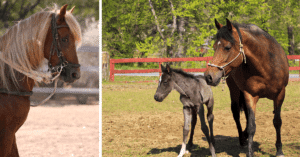
Leave a Reply